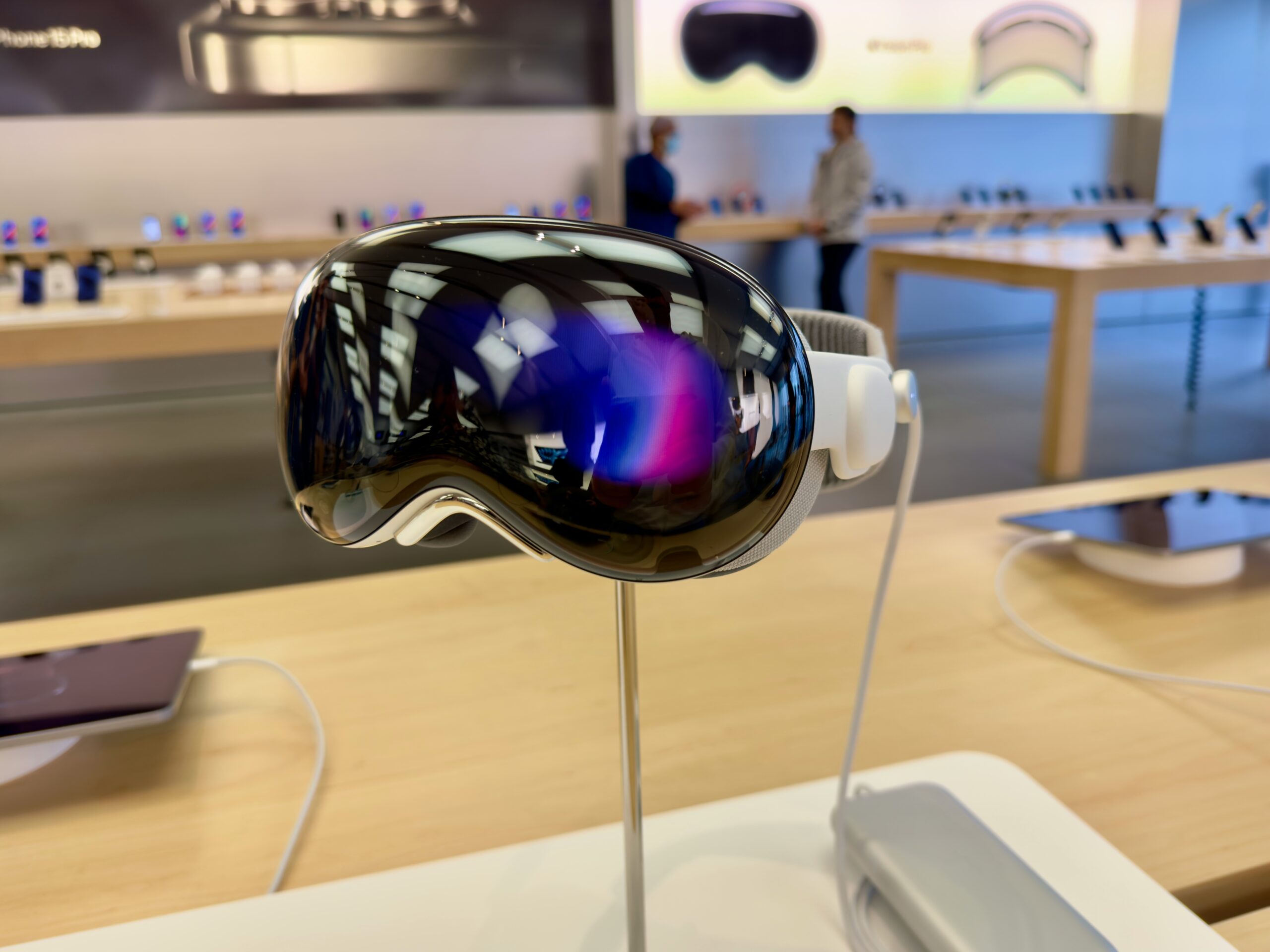By becoming a member of our site, you can add the content you like to your favorites, and present the content you have produced or liked on the internet to our site visitors with the send content option.
Zaten bir üyeliğiniz mevcut mu ? Giriş yapın
By becoming a member of our site, you can add the content you like to your favorites, and present the content you have produced or liked on the internet to our site visitors with the send content option.
You Can Benefit from All Options Exclusive to Our Members by Registering

Next Content:
Essential Risk Management Tips for Stock Investors
- Home Page
- #Ecommerce
- Apple ARKit: Shaping the Future of Augmented Reality
Apple ARKit: Shaping the Future of Augmented Reality

Apple ARKit: Shaping the Future of Augmented Reality is at the forefront of technological innovation, driving significant advancements in the field of Augmented Reality (AR). Since its introduction, Apple ARKit has empowered developers to create immersive AR experiences, transforming how users interact with the world around them. Here’s how Apple ARKit is shaping the future of augmented reality.
Revolutionizing User Experience: Apple ARKit provides a robust framework for creating seamless and highly interactive AR experiences. By leveraging the advanced capabilities of Apple’s hardware and software ecosystem, developers can create applications that blend digital content with the physical world in a way that feels natural and engaging. This has led to a surge in innovative apps that enhance gaming, education, shopping, and more.
Advanced Tracking and Detection: One of the key features of Apple ARKit is its ability to perform advanced tracking and detection. The platform uses sophisticated algorithms to track the position and movement of devices in real-time, enabling precise placement of AR objects. Additionally, ARKit can recognize and interact with real-world surfaces and objects, such as tables and walls, allowing for more realistic and interactive AR experiences.
Scene Understanding: ARKit includes powerful scene understanding capabilities, which allow it to map and comprehend the environment. It can detect horizontal and vertical planes, estimate ambient light, and identify specific objects. These features enable developers to create more immersive and contextually aware AR applications. For example, an educational app can overlay historical information onto a physical landmark, enhancing the learning experience.
Integration with Other Apple Technologies: Apple ARKit seamlessly integrates with other Apple technologies, such as Core ML, RealityKit, and Metal, providing developers with a comprehensive suite of tools to build sophisticated AR applications. Core ML allows for on-device machine learning, enabling apps to recognize objects and scenes. RealityKit offers a high-level framework for rendering and animating 3D content, while Metal provides low-level access to the GPU for optimal performance.
Wide Adoption Across Industries: Apple ARKit has seen widespread adoption across various industries. In retail, companies are using AR to enhance the shopping experience, allowing customers to visualize products in their homes before making a purchase. In education, AR is being used to create interactive learning experiences that make complex concepts easier to understand. The healthcare sector is also leveraging AR for applications such as medical training and patient care.
Developer Community and Resources: The success of Apple ARKit can be attributed in part to its vibrant developer community and extensive resources. Apple provides comprehensive documentation, tutorials, and sample code to help developers get started with ARKit. The annual Apple Worldwide Developers Conference (WWDC) also serves as a platform for showcasing new ARKit features and sharing best practices.
Innovative Applications and Use Cases: Apple ARKit has inspired a plethora of innovative applications and use cases. From AR games that transform living rooms into interactive playgrounds to navigation apps that provide real-time directions overlaid onto the physical world, ARKit is pushing the boundaries of what’s possible with augmented reality. Creative professionals are using ARKit to develop immersive storytelling experiences, blending digital content with physical environments to captivate audiences in new ways.
Future Potential and Developments: As augmented reality technology continues to evolve, Apple ARKit is poised to remain a leader in the field. Future developments may include even more advanced object recognition, improved environmental mapping, and enhanced user interaction capabilities. The ongoing advancements in Apple’s hardware, such as the introduction of LiDAR sensors in newer iPhone and iPad models, will further enhance ARKit’s capabilities and open up new possibilities for developers.
Impact on Daily Life: The impact of Apple ARKit extends beyond entertainment and professional applications. It is gradually becoming a part of daily life, with features integrated into apps we use every day. For example, ARKit powers the Measure app, which allows users to measure objects and spaces accurately. Maps also use AR to provide immersive walking directions, making navigation more intuitive.
Educational and Training Opportunities: Apple ARKit is also transforming education and training by making learning more interactive and engaging. AR-based educational tools can bring subjects to life, such as visualizing historical events or exploring the human anatomy in 3D. In professional training, ARKit is used for simulations and real-time guidance, providing hands-on experience in a controlled environment.
In conclusion, Apple ARKit is a powerful platform that is shaping the future of augmented reality. Its advanced capabilities in tracking, scene understanding, and integration with Apple’s ecosystem have enabled developers to create immersive and innovative AR applications. The widespread adoption across various industries, combined with the vibrant developer community and ongoing technological advancements, ensures that ARKit will continue to drive the evolution of augmented reality, transforming how we interact with the digital and physical worlds.
We offer our respects and wish you a good reading. – Who Learns What? Team
- On-Site Comments































